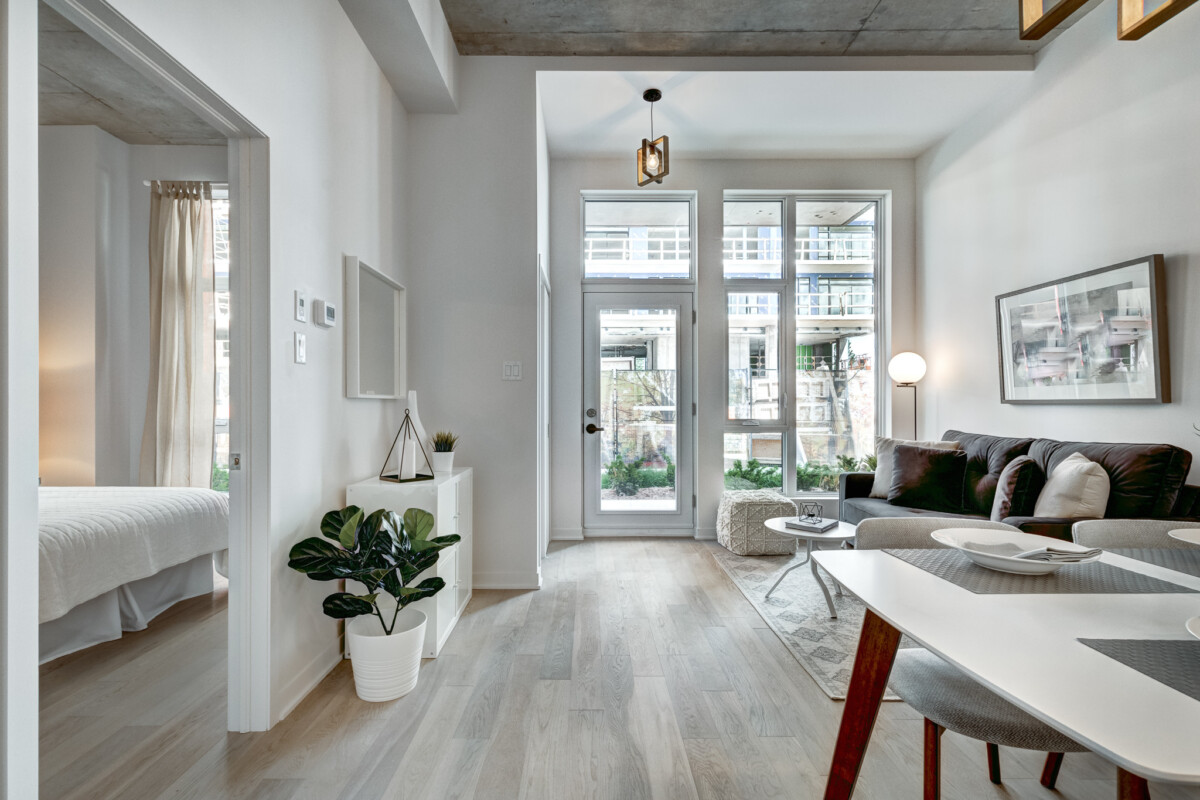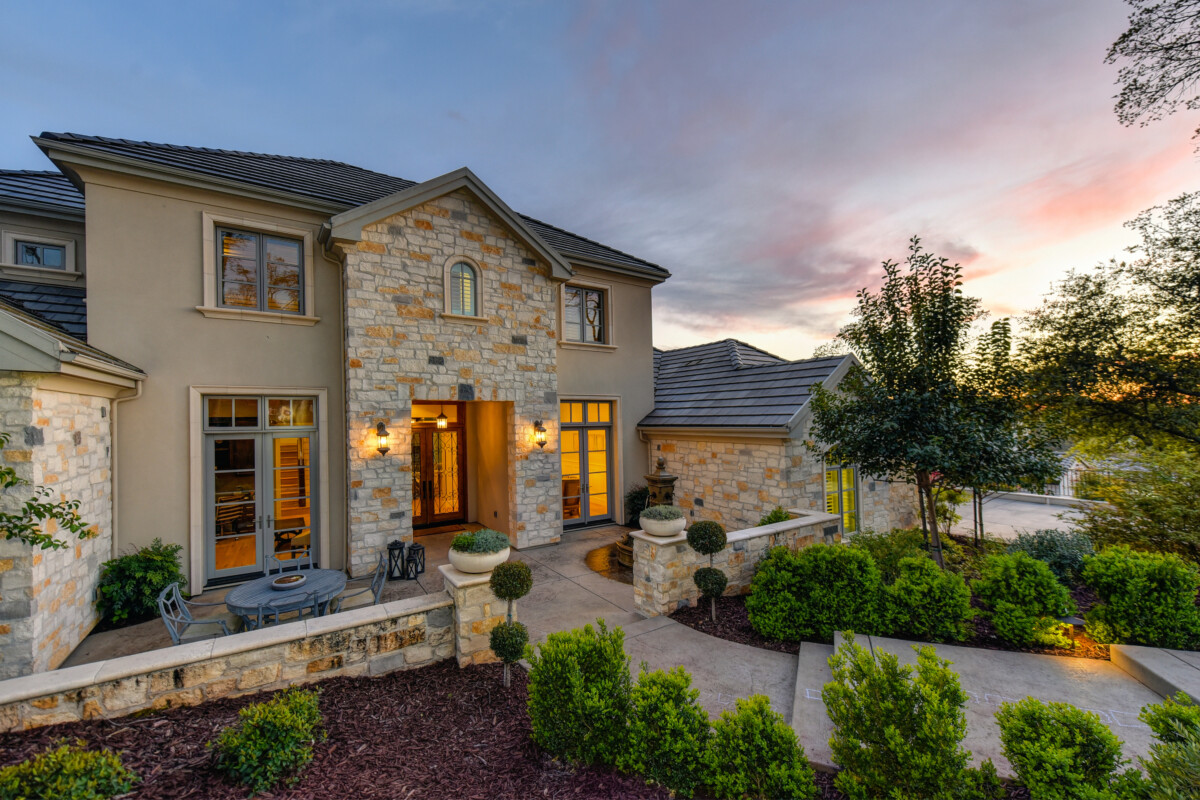The United States is known for its rich cultural tapestry woven from the threads of diverse communities from around the globe. This diversity is especially evident in its cities, where people from different backgrounds come together, bringing their unique traditions, languages, and cuisines. Here are ten of the most diverse cities in the U.S., each offering a vibrant blend of cultures.
New York City, New York
New York City is often celebrated as the cultural capital of the world. With residents speaking over 800 languages, it is a melting pot of cultures. Neighborhoods like Chinatown, Little Italy, and Harlem showcase the city’s rich ethnic diversity. Festivals, parades, and food from every corner of the globe make NYC a hub of global culture.
Los Angeles, California
Los Angeles is another prime example of cultural diversity. It is home to large Latino, Asian, and African American populations. Areas like Koreatown, Little Tokyo, and Boyle Heights highlight the city’s multicultural makeup. L.A.’s diverse culinary scene, vibrant arts, and numerous cultural festivals reflect its international character.
Houston, Texas
Houston is one of the most ethnically diverse cities in the U.S., with significant Hispanic, African American, and Asian communities. The city’s diversity is celebrated through events like the Houston Livestock Show and Rodeo, the Bayou City Art Festival, and the annual International Festival. Houston’s food scene is also a testament to its multicultural population.
Chicago, Illinois
Chicago’s diversity is evident in its neighborhoods, each with its distinct cultural identity. From the Puerto Rican enclave in Humboldt Park to the vibrant Chinatown and the historic Bronzeville, Chicago offers a rich cultural experience. The city is also known for its diverse culinary offerings, from deep-dish pizza to authentic Mexican tacos.
San Francisco, California
San Francisco is a beacon of cultural diversity, with a large Asian population, especially in Chinatown, the oldest and largest in North America. The Mission District celebrates its Latino heritage, while neighborhoods like the Fillmore and Bayview reflect the city’s African American history. San Francisco’s diversity is celebrated through its numerous cultural festivals and events.
Miami, Florida
Miami is often called the “Gateway to Latin America” due to its significant Cuban, Haitian, and other Latin American populations. Little Havana is the heart of Cuban culture in Miami, while Little Haiti showcases Haitian heritage. The city’s diverse population influences everything from its vibrant art scene to its eclectic cuisine.
Atlanta, Georgia
Atlanta’s diversity has grown significantly, creating a melting pot of cultures. The city’s neighborhoods, such as Buford Highway, are known for their multicultural markets and restaurants. Atlanta’s rich history in the civil rights movement and its growing immigrant population contribute to its diverse cultural landscape.
Washington, D.C.
The nation’s capital is a mosaic of cultures, with significant African American, Hispanic, and Asian communities. Neighborhoods like Adams Morgan and U Street Corridor are known for their multicultural vibe. Washington, D.C. also hosts numerous cultural festivals, celebrating everything from Caribbean heritage to Asian arts.
Philadelphia, Pennsylvania
Philadelphia boasts a rich history of immigration, reflected in its diverse neighborhoods. South Philadelphia is known for its Italian heritage. At the same time, neighborhoods like Chinatown and the African American Cultural Corridor showcase the city’s multicultural roots. Philly’s food scene, from cheesesteaks to dim sum, is a testament to its diverse population.
San Jose, California
San Jose is one of the most diverse cities in the U.S., with a large Asian population, mainly Vietnamese and Indian communities. The Vietnamese Tet Festival and the Diwali Festival of Lights celebrate the city’s diversity, reflected in its wide range of dining options and community festivals.
Conclusion
These ten cities exemplify the rich cultural diversity that defines the United States. Each town offers a unique blend of traditions, languages, and cuisines, creating vibrant communities where different cultures intersect and thrive. Whether through food, festivals, or neighborhoods, the diversity of these cities contributes to the dynamic and ever-evolving cultural landscape of the U.S.


















